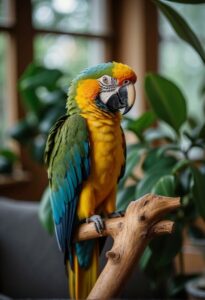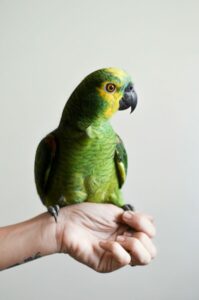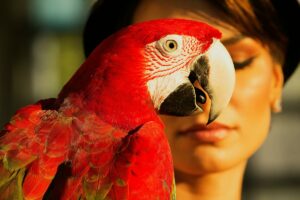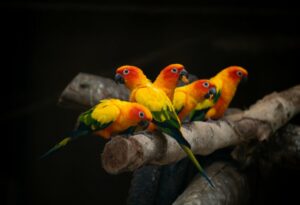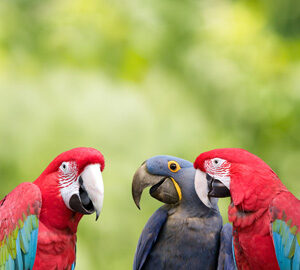Welcome to the world of the Eclectus Parrot, a strikingly beautiful bird rich in personality and native to the tropical rainforests of New Guinea, Australia, and the Solomon Islands. Each feathered friend holds a distinct, vibrant hue – males delight the eye with their emerald-green plumage, while females stun with their stunning blue and red.
A Close Look at the Eclectus Parrot
Differentiating between the male and female Eclectus Parrot was once a challenging task for seasoned scientists, given their disparate coloring. Fascinatingly, native tribes have traditionally handpicked their brilliant feathers for ornamental and ceremonial purposes.
These Parrots Come in Many Versions
From the Grand Eclectus to the Australian Eclectus, there are various subspecies, each offering unique quirks that make them an enticing pet choice.
Gourmet Fruit Lovers
In their natural habitat, Eclectus Parrots are tremendous fruit lovers, feasting on a wide variety of tropical delicacies including mangos, figs, and pomegranates. The challenge of their high fruit diet in captivity is mimicking the broad nutrient range they receive in the wild.
Caring for Your Eclectus Parrot
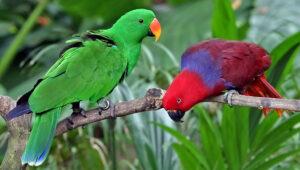
These winged companions make delightful pets when they receive the proper care. A substantial, nutritionally diverse diet is crucial for their wellbeing. A mix of fresh fruits, greens, sweet potatoes, and even a bite of broccoli can constitute an optimal meal plan.
Watch Out for These Signs
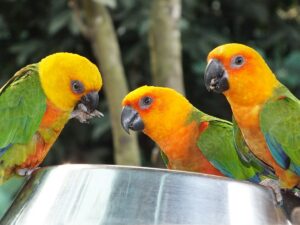
While owning an Eclectus Parrot can be rewarding, improper care can lead to health issues. Feeding them junk food or not providing enough nourishment can result in physiological problems, including nervous twitching and feather-picking behaviors.
Making The Most of Your Eclectus Parrot
A well-cared-for Eclectus Parrot can be an outgoing, intelligent, and gentle companion. Regular interaction is key for these affectionate creatures to ensure their happiness. And who knows, you might just find them out-talking you!
Key Takeaways
- Ensure an optimum diet for your Eclectus Parrot; think broad nutritional variety with plenty of fresh fruits and greens.
- Avoid feeding them junk food under any circumstance – they don’t find it as cute as we might.
- Pour your time and attention into your parrot every day; interaction is their main source of joy.
Empower Your Eclectus Parrot Knowledge
For further resources, check out these helpful links:
Consider these tips and learnings to ensure your Eclectus Parrot lives not only a long life but a happy one!
